Understand
Welcome to Khamlia, a hidden gem located in the captivating Merzouga region of Morocco. Journey 7km from Merzouga along the road to Taouz until you reach this secluded desert village. Khamlia offers a peaceful oasis amidst the barren landscape, where life remains calm and tranquil. Immerse yourself in the unique culture of the local community, predominantly composed of black residents. Explore the narrow streets lined with 32 charming houses and get a glimpse into the daily life of approximately 150 inhabitants. Discover the vibrant heart of the village, where you'll find small shops, a cozy coffee house, and a school. Experience the warmth and hospitality of the locals as you embrace the simple pleasures of Khamlia. With electricity and water available, you can enjoy a comfortable stay while immersing yourself in the beauty of the desert surroundings. Escape the ordinary and embark on an unforgettable journey to Khamlia.
Map & Climate
Popular Foods
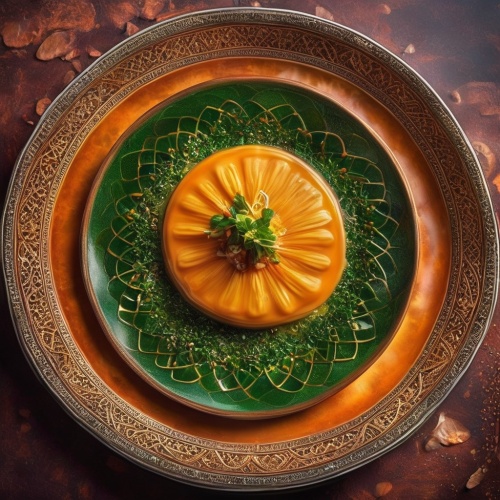 Tajine is a traditional Moroccan one-pot dish made with meat (usually chicken, lamb, or beef) or fish, vegetables, and aromatic spices, cooked together in a special clay pot called a tajinia. The dish is slow-cooked, allowing the flavors to meld and the meat to become tender. Tajine can be served with couscous or bread, depending on the region.
Tajine is a traditional Moroccan one-pot dish made with meat (usually chicken, lamb, or beef) or fish, vegetables, and aromatic spices, cooked together in a special clay pot called a tajinia. The dish is slow-cooked, allowing the flavors to meld and the meat to become tender. Tajine can be served with couscous or bread, depending on the region.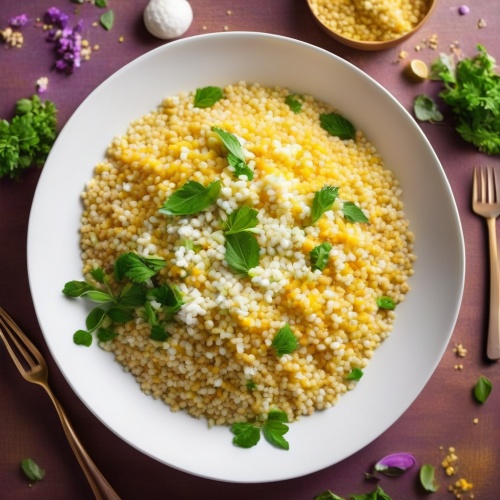 Couscous is a staple food in Moroccan cuisine, consisting of small, steamed granules of semolina wheat or other grains. It is typically served as a accompaniment to savory dishes, such as tagines, stews, or grilled meats. Couscous is often seasoned with a variety of spices, including cumin, coriander, and turmeric, and garnished with fresh herbs, such as parsley or cilantro.
Couscous is a staple food in Moroccan cuisine, consisting of small, steamed granules of semolina wheat or other grains. It is typically served as a accompaniment to savory dishes, such as tagines, stews, or grilled meats. Couscous is often seasoned with a variety of spices, including cumin, coriander, and turmeric, and garnished with fresh herbs, such as parsley or cilantro.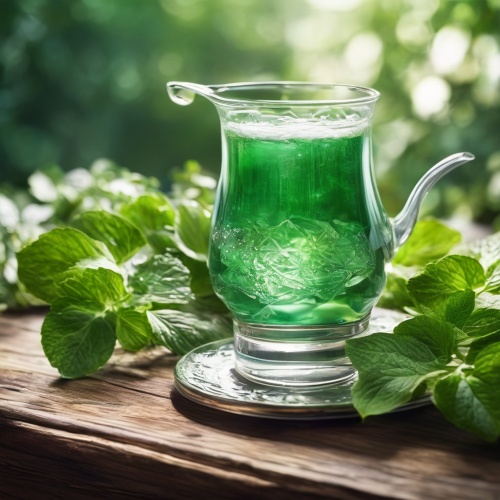 Mint tea, also known as "atay," is a popular refreshing beverage in Morocco. Made using gunpowder green tea leaves, fresh mint, and sugar, the tea is brewed and then poured ceremoniously back and forth between teacups to aerate it before serving. Mint tea is often enjoyed throughout the day and is a
Mint tea, also known as "atay," is a popular refreshing beverage in Morocco. Made using gunpowder green tea leaves, fresh mint, and sugar, the tea is brewed and then poured ceremoniously back and forth between teacups to aerate it before serving. Mint tea is often enjoyed throughout the day and is a 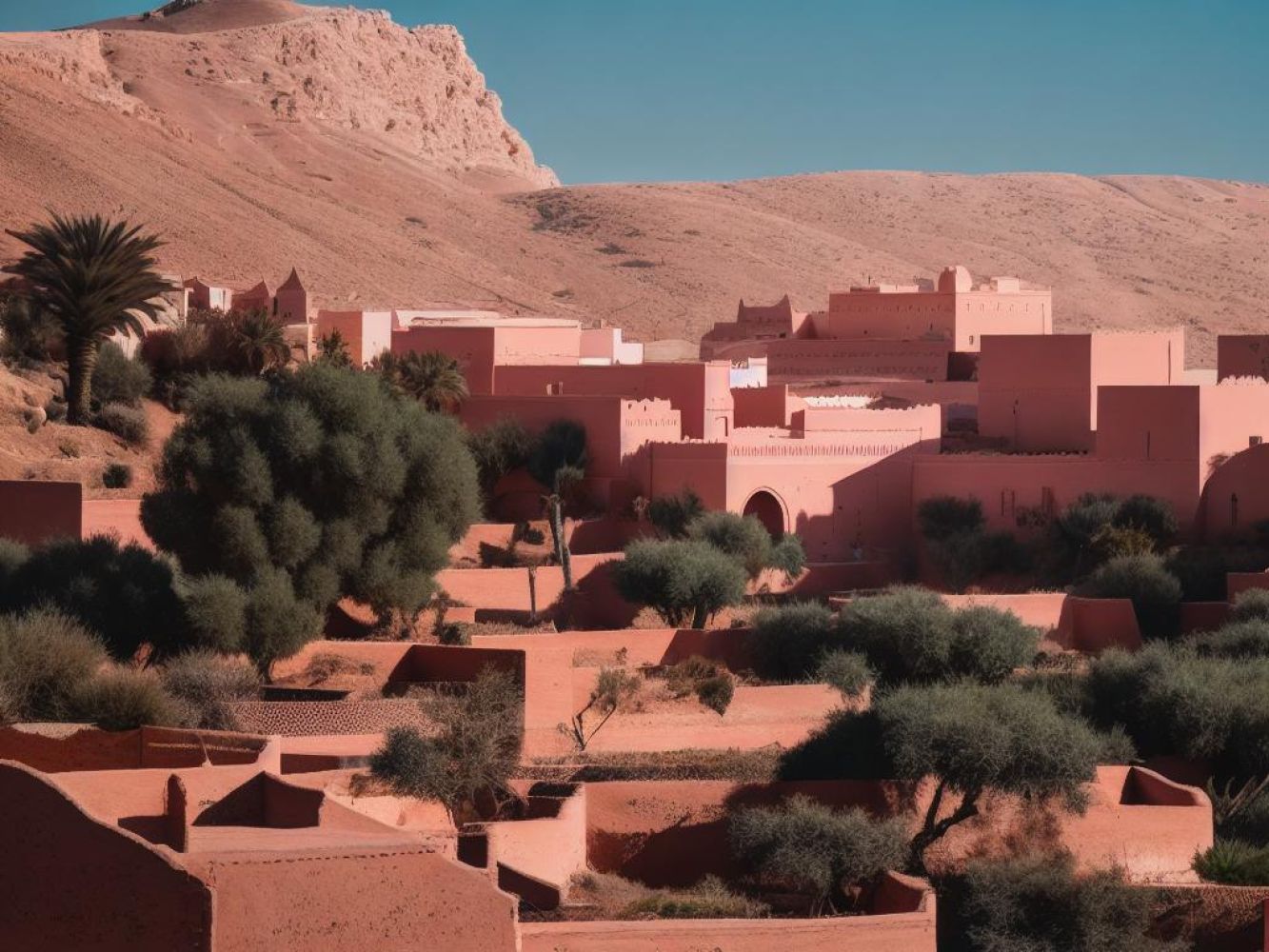
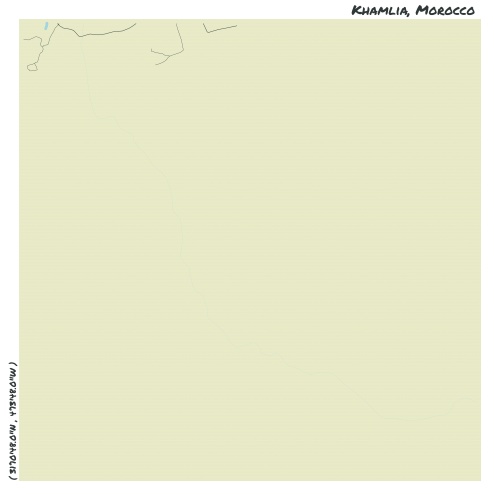
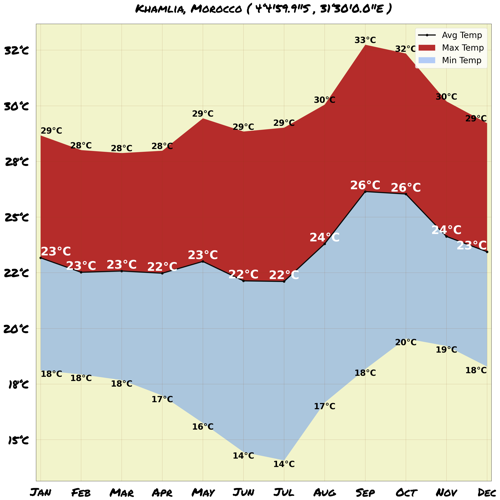

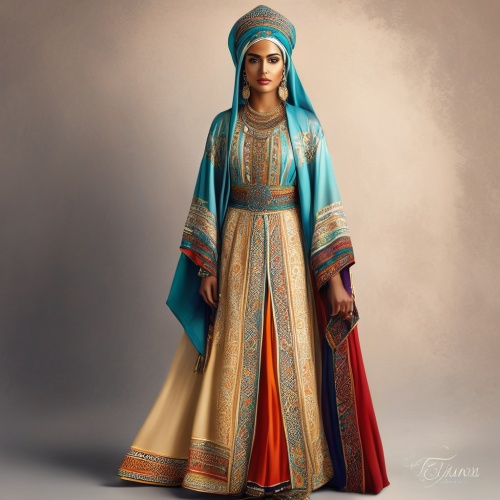
Comments
NO COMMENTS